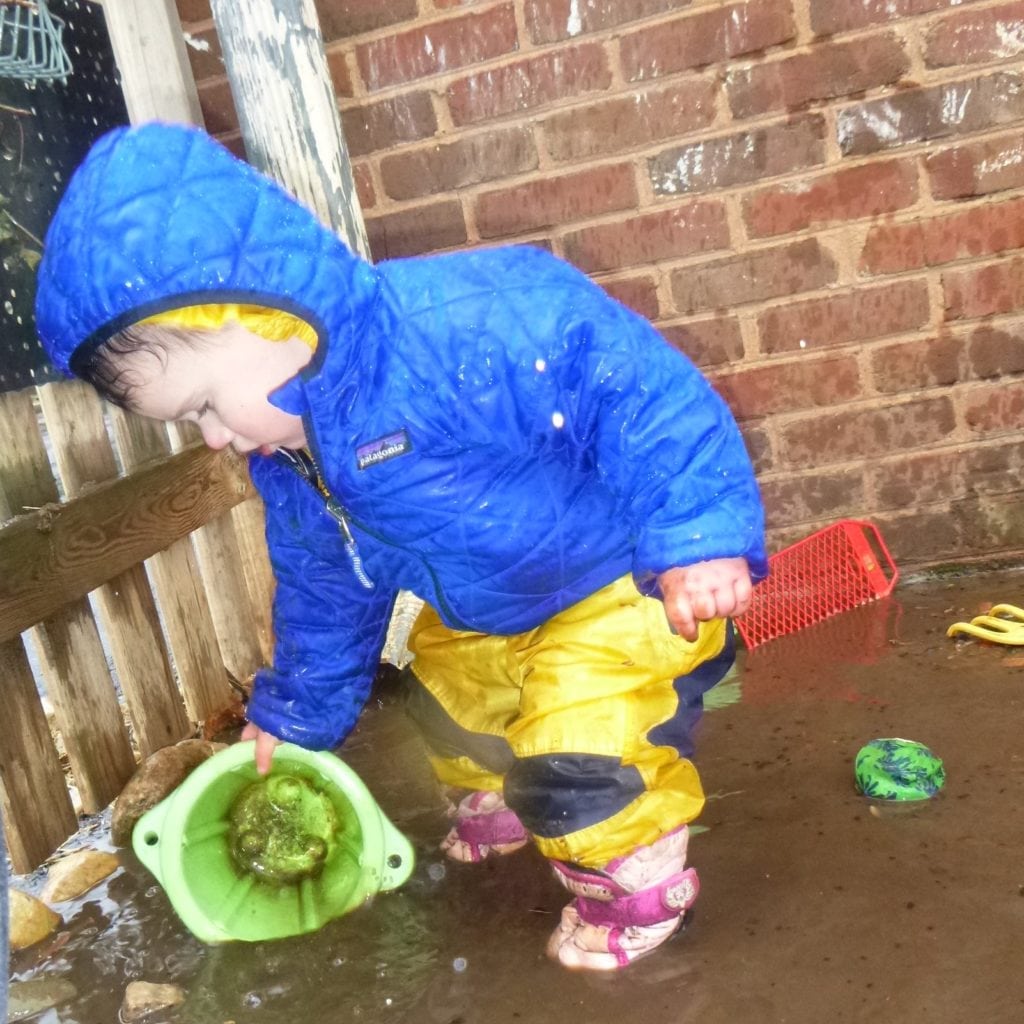Responding to Fear

Parent Question:
I wondered if you had advice or resources for responding to a baby or child’s fear (at about 11 months in this case)? In the past week and particularly yesterday, our little one has been responding fearfully to some loud new sounds like the vacuum, carpet cleaner, and dogs barking. She cried/yelled and approached me quickly to get into my lap and arms. I guess I am looking for a way to respond in a way that her fear is heard but also that she is safe?
Our Thoughts:
I am so glad you reached out. I love the topic of emotional intelligence and it is something that can be tricky with little guys. So we recommend holding your long term goals in mind when you respond to those fearful situations. For us that means: We want her to understand her own emotion and evaluate her safety. We want her to seek understanding of the situation and comfort when upset. With time we want her to be able to move through fear and be able to make a sound decision based on her values. I know I know she’s only 11 months but it will all come with time if we help her get there.
Our job with those long term goals is to coach children through emotions. To do this we want to resist the urge to minimize and dismiss by saying “You’re ok?” or “It’s fine.” We don’t want to tune her away from her sense of fear because she needs that to keep her safe in the world but rather we want to help her fine tune her senses so she can evaluate situations.
Name the feeling, raise her awareness of the situation, and help her regulate back to calm. This is important because we want her to build brain pathways to move from upset to calm and that will take time. Co-regulation happens first and then self regulation so hugs, acknowledgement, and comfort are a must. I would say, “Wow that scared/surprised/startled you.” Trying to use accurate and diverse words for emotions. Then just describe what happened so “The vacuum made a loud sound. You weren’t expecting that.” You will want then depending on her tolerance of it to describe the why, how, etc of the reasoning. If she is upset now isn’t the time to explain but if she has calmed we want to expand what brain researchers call her green zone (calm, comfortable, open zone) in her brain. So something like “The vacuum is doing it’s work, it has a motor to suck up the dirt from the floor and it makes a sound. We can explore how it works sometime.” Invite her into whatever details she is interested in, maybe she’s open to watching someone vacuum while you hold her maybe she wants to touch it while it is off. It’s really just about building a level of comfort. If she is too upset in the moment for this expansion retell the story later, brain research shows us storytelling is a powerful way to build brains, children’s understanding of the world, and their sense of safety. It is not to early for story telling!
One other thing to know is that as children approach toddlerhood it is especially important that we talk to them about their world so big upsets can be avoided if we just say “I’m going to vacuum it might be loud for a minute.” Or “I’m going to the potty but I’m not leaving.” The goal is not to avoid all upsets by not vacuuming while she is around or tip-toeing around but rather to build her capacity to understand, predict, and feel safe in the environment. When children can trust we will tell them about things they can relax.
